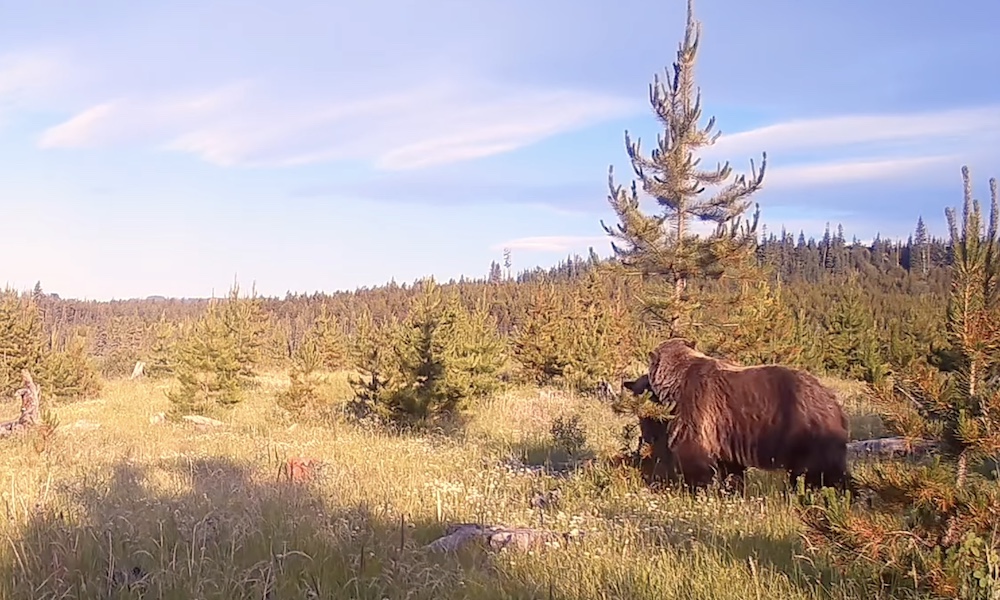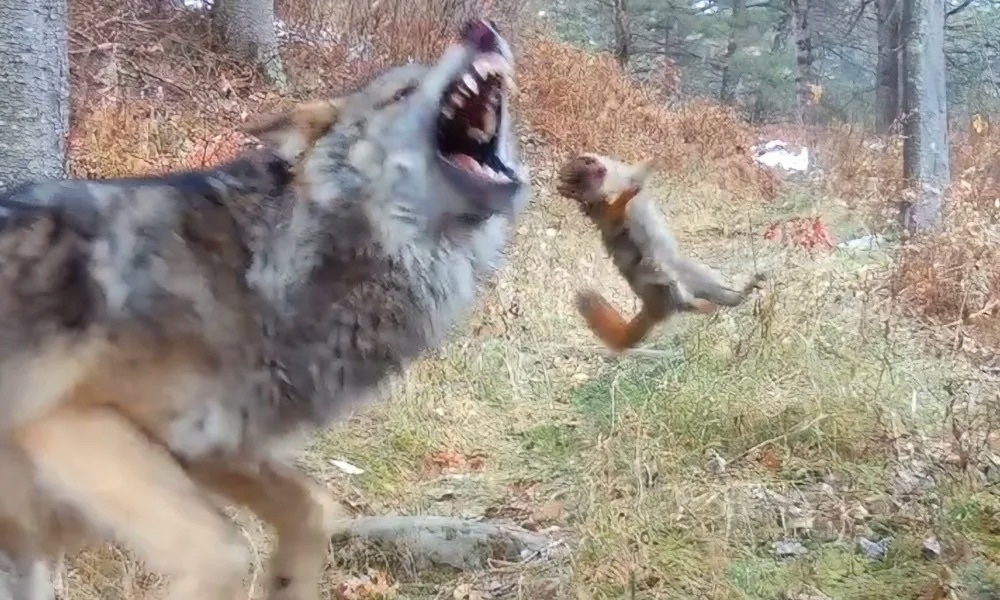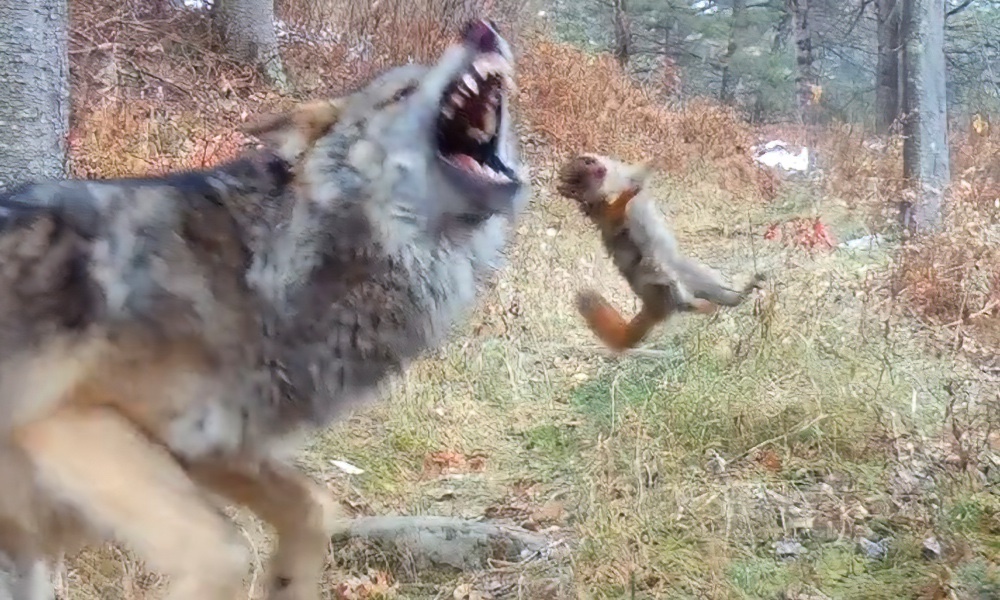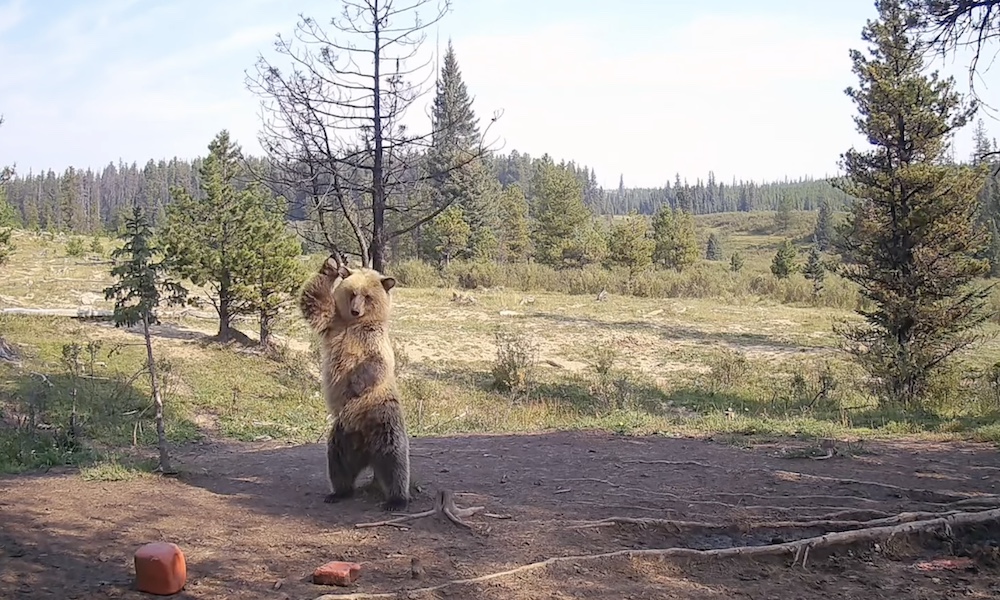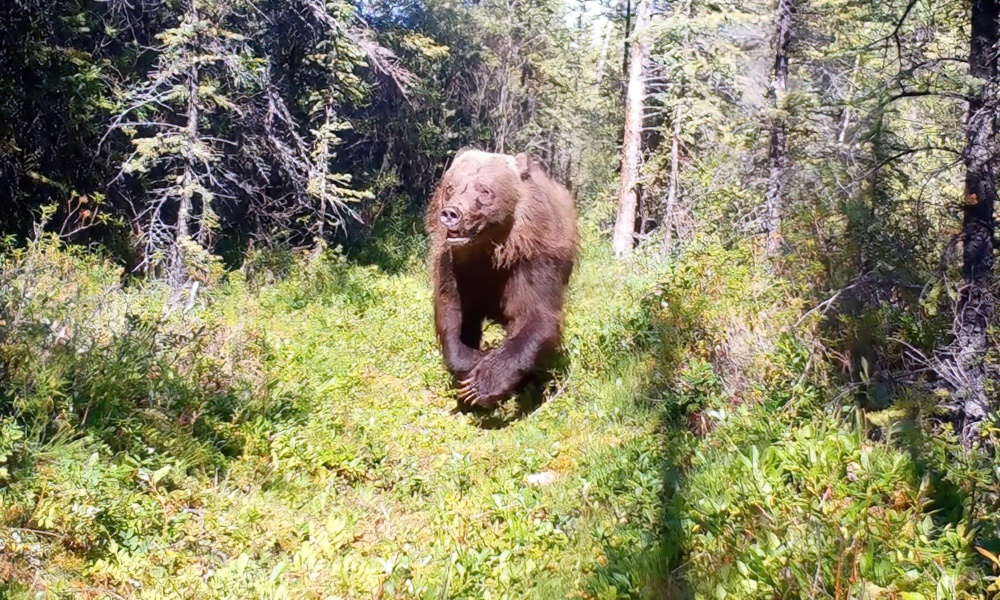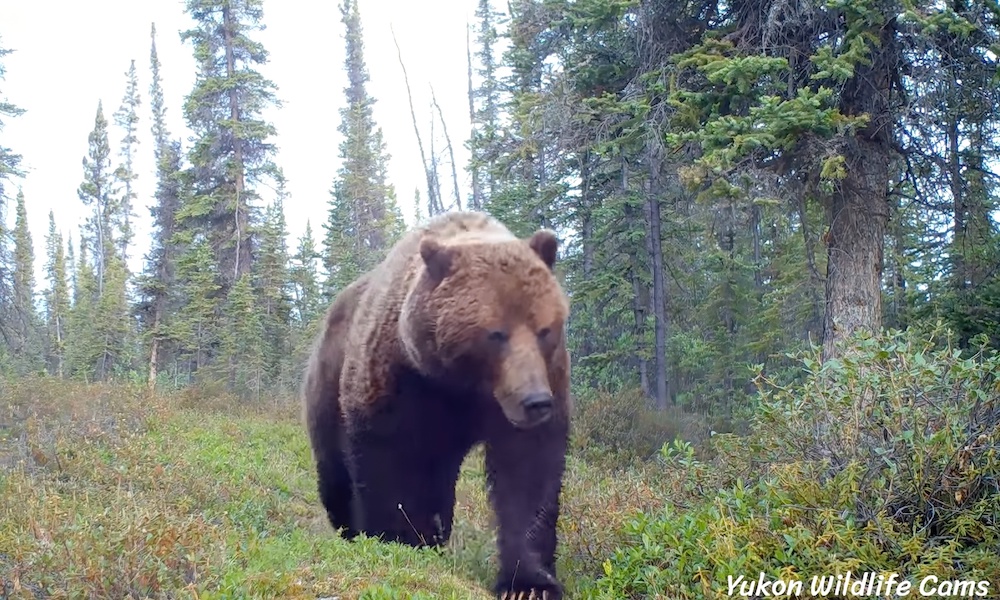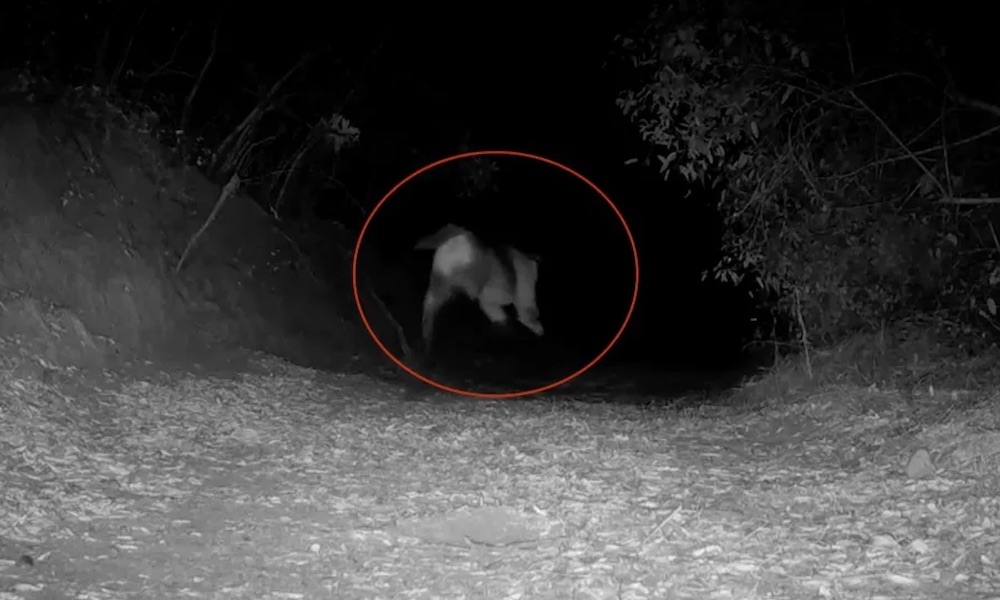A group that supports the conservation of wild horses in Alberta, Canada, has shared footage from last July, showing a grizzly bear cub’s prolonged assault on a trail camera fixed to a tree.
“Another few weeks and we can start watching for tracks as these guys wake up come out looking for something to eat,” Help Alberta Wildies Society stated Sunday via Facebook. “This cub was totally committed to getting our camera off of that tree.”
While the cub seemed intent on claiming a new toy, many HAWS followers expressed concern about the threat grizzly bears pose for the region’s free-roaming horses. (Click here to view the footage if a video player doesn’t appear below.)
https://www.facebook.com/HelpAlbertaWildiesSociety/videos/1151601869310189
“Prayers for all the horses and their babies on the way,” reads the top comment.
To be sure, when grizzly bears emerge from hibernation on the eastern slopes of the Rocky Mountains in Alberta, wild horses, especially foals, will be on the menu.
HAWS cameras have captured several scenes showing bears chasing horses. One of the more dramatic scenes was captured in May 2022, showing horses running for their lives with a grizzly bear perhaps 40 yards behind charging at full sprint.
In its description, HAWS wrote: “The next time someone tells you that the Wild Horses have no natural predators, send them to me. We are losing a lot of horses this year, sooner and quicker than in past years. Not just the foals. Adults also.”
